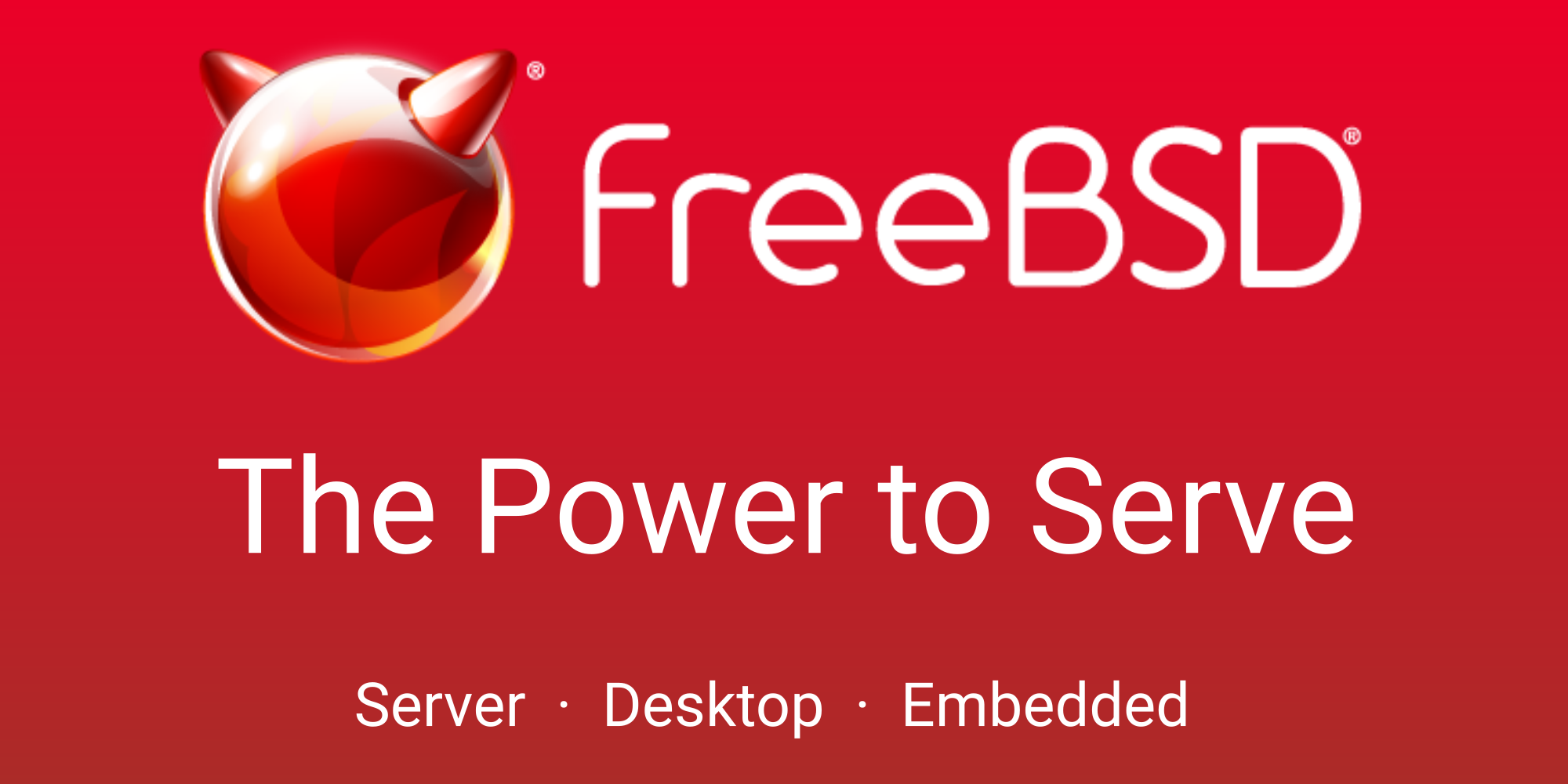Sadly Balena Etcher not available for FreeBSD making it super easy to burn iso images to USB drives all automatically with few clicks of buttons.
However I couldn’t find any information on how to burn FreeBSD iso to a usb external drive from a FreeBSD host.
I have tried DD command and iso doesn’t boot.
Are there any GUI iso burners for USB drives that works for FreeBSD?
I have installed unetbootin and it does not show any connected USB drives.
Using FreeBSD 13.1 OS and would like to burn a FreeBSD 13.1 iso to a usb external SSD drive.
I would rather use ISO files than img files since iso files have more packages than img files.
Thanks
However I couldn’t find any information on how to burn FreeBSD iso to a usb external drive from a FreeBSD host.
I have tried DD command and iso doesn’t boot.
Are there any GUI iso burners for USB drives that works for FreeBSD?
I have installed unetbootin and it does not show any connected USB drives.
Using FreeBSD 13.1 OS and would like to burn a FreeBSD 13.1 iso to a usb external SSD drive.
I would rather use ISO files than img files since iso files have more packages than img files.
Thanks


